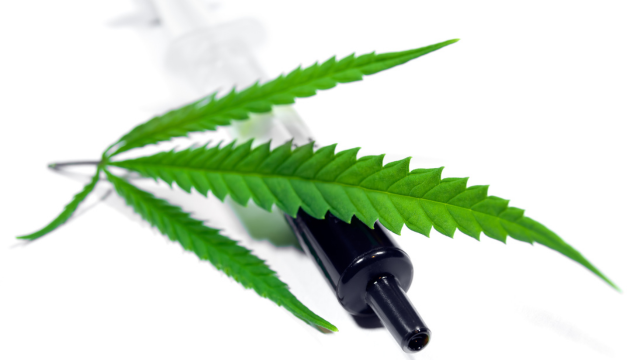With a diverse array of cannabis oils flooding the market, many smokers and weed enthusiasts across the country are taking notice of the potential therapeutic benefits and psychoactive experiences that come hand in hand. Two cannabis extracts that have made big waves are FSO and RSO. These two highly potent oils have a slightly distinct formula when compared to other oils, so let’s dive into some of their similarities and differences.
What is FSO?
FSO (Full Spectrum Oil) is a type of cannabis oil that gets its name from its combination of cannabis components. FSO uses a “full spectrum” of naturally occurring compounds found in the cannabis plant. To create an FSO, an alcohol-based solvent is used to dissolve a cannabis plant before being filtered for consumption. You can expect your FSO to contain THC, CBD, terpenes, and flavonoids. These compounds work together synergistically to create a sort of “entourage effect,” boosting the overall potency of your psychoactive experience to a higher level than cannabinoids could on their own. Full Spectrum Oil may contain varying levels of THC, depending on the cannabis strain used. Some variants may even be low in THC and instead have significant CBD content.
What is RSO?
Rick Simpson Oil, abbreviated RSO, is a cannabis concentrate named after Rick Simpson, a medical marijuana activist from Canada. This oil was originally used to provide a therapeutic effect to patients of various medical conditions, including cancer. Similar to Full Spectrum Oil, RSO is made up of multiple parts of the cannabis plant, as it uses the same solvent and dissolution method, except at higher temperatures. This heat tends to burn away some of the minor components. Rick Simpson Oil is typically made from strains that are high in THC, so it’s no surprise that RSO often has very high THC content.
Is FSO the same as RSO?
While both of these extracts are highly potent cannabis oils, we need to be clear that FSOs and RSOs are not the same products. Where FSO is more of a broad umbrella term that refers to oils made a certain way, RSO is a specific type of cannabis oil. It’s also worth noting that RSO uses heat during the extraction process, which isn’t a definitive trait of all FSOs. By some definitions, Rick Simpson Oil can even be considered a subtype of full-spectrum oil, as it contains a wide range of compounds found in the cannabis plant.
How to take RSO and FSO
Full Spectrum Oils and Rick Simpson Oil can be consumed in the same ways that one would consume any other type of concentrate. These oils are usually consumed orally with a cannabis syringe, adding a few drops below the tongue. Dabbing and vaping are also just as common. If you prefer snacking on an edible rather than having your oils straight, you can also mix your RSO and FSO into your recipe or drink.
Can you smoke RSO or FSO?
While it isn’t the primary method of consumption, you can smoke FSO and RSO recreationally. You can sprinkle a little bit of your RSO or FSO into your joint or blunt before you light up. Due to the high potency of the concentrates, this is an easy way to “pump up” any flower that you have that isn’t quite doing the trick.
How much RSO / FSO should I take?
Because of their potency, Full Spectrum Oil and Rick Simpson Oil should both be dosed conservatively at first. As you become more experienced with them, you can venture out but only use a few drops at first.
While both have been praised for their medicinal properties, keep in mind that both of these concentrates are commonly consumed recreationally as well. With two new fun, and exciting acronyms to add to your cannabis encyclopedia, we hope you’ve learned a thing or two about Full Spectrum Oil and Rick Simpson Oil.
Do you prefer RSO or RSO? Can you tell the difference when consuming? Hit me up on social media, and let’s spark up a conversation about it!
